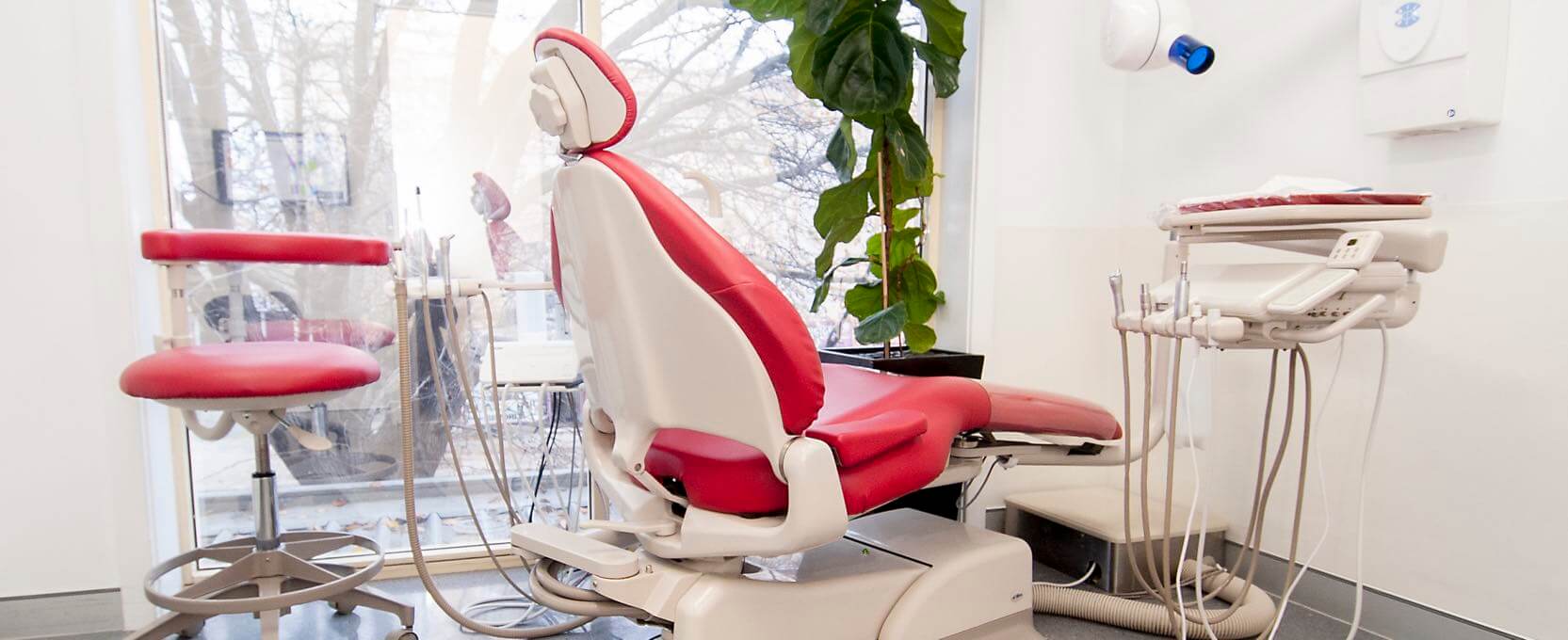Electric Toothbrushes vs Manual Toothbrushes for maintaining good oral health

What are the effects of using a powered (or ‘electric’) toothbrush compared with using a manual toothbrush for maintaining oral good health.
Good oral hygiene, through the removal of plaque (a sticky film containing bacteria) by effective tooth brushing has an important role in the prevention of gum disease and tooth decay. Dental plaque is the primary cause of gingivitis (gum inflammation) and is implicated in the progression to periodontitis, a more serious form of gum disease that affects the tissues that support the teeth. The build-up of plaque can also lead to tooth decay. Both gum disease and tooth decay are the primary reasons for tooth loss.
There are numerous different types of powered toothbrushes available to the public, ranging in price and mode of action. Different powered toothbrushes work in different ways (such as moving from side to side or in a circular motion). Powered toothbrushes also vary drastically in price.
What does the studies say?
Several studies have been conducted and the evidence produced shows benefits in using a powered toothbrush when compared with a manual toothbrush with a significant reduction in plaque, gingivitis (inflammation of the gums) and the progression of periodontitis in the short and long term.
Source: Cochrane Oral Health
Yaacob M, Worthington HV, Deacon SA, Deery C, Walmsley A, Robinson PG, Glenny A. Powered versus manual toothbrushing for oral health. Cochrane Database of Systematic Reviews 2014, Issue 6. Art. No.: CD002281. DOI: 10.1002/14651858.CD002281.pub3

